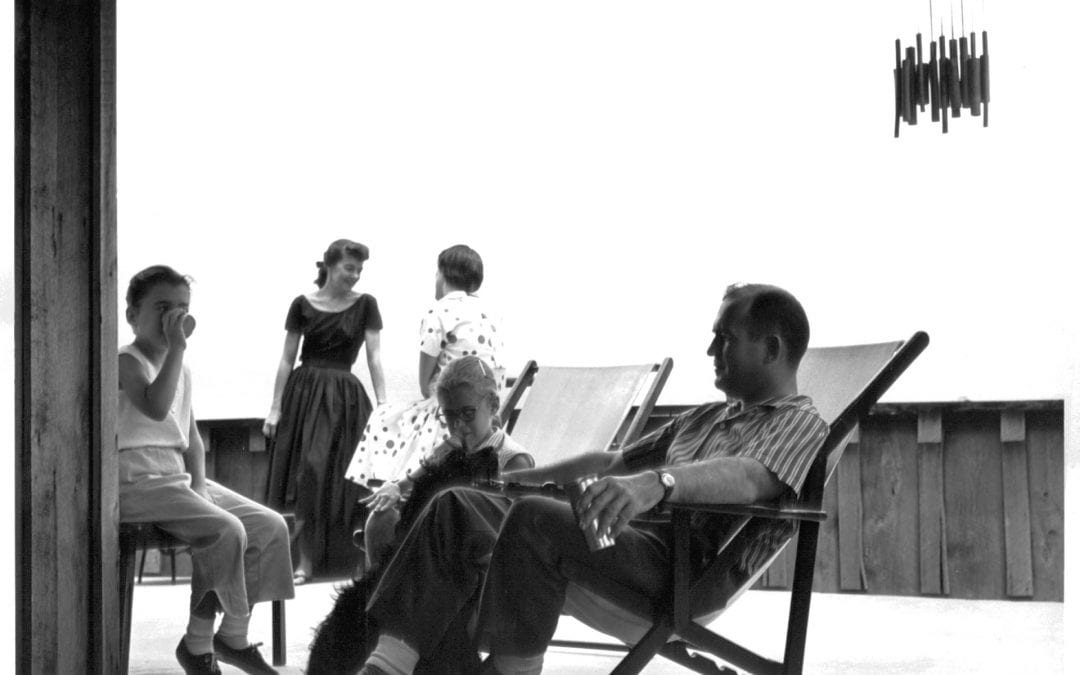Roy Reed Oral History Interviews with Fay Jones (MC 1861), a series of oral history interviews in the form of transcripts, is now open to researchers. This modestly-sized collection has broad appeal: the interviewer and the subject already both have deservedly strong fan bases. Roy Reed, the interviewer, was an award-winning journalist and writer who ended his peripatetic career in his home state of Arkansas, living in a house designed by the subject of the interviews, Fay Jones. Jones was the celebrated Arkansan architect who earned his profession’s highest award, the American Institute of Architects’ Gold Medal. The interviews are more than a mere sum of their parts as they reveal something about the relationship between both men that enriches the already fascinating knowledge base on Fay Jones, his life, and his architecture.
The transcripts reveal that the relationship between Reed and Jones started more than twenty years previous to the start of the interviews; Reed had contacted Jones from London, where the former was working for The New York Times, anticipating his return to Hogeye, Arkansas, a spot on the map 15 miles south of Fayetteville. Reed and his wife Norma commissioned Jones to design their future home in that tiny hamlet, creating a distinctive home drawing upon vernacular farm building as its architectural precedent.
A project that had been intended to result in a book, documents conversations that took place from April 2000 to August 2004, just two weeks before Fay’s death. The written biography of Fay Jones never came to fruition, but a wealth of information on Fay’s life and architectural oeuvre is now available in the body of these transcripts. Architecture was the decided focus of the discussions, marked by familiarity and regular laughter. However, topics as varied as ice cream, Valium, Bartok, and Kentucky Fried Chicken get covered with varying degrees of thoroughness.
Reed‘s informal and long term approach allowed the natural unfurling of a Jones’s nuanced story. While Jones was unassuming in his presentation of himself, these transcripts belie any impression of a mere good ol’ boy that might be lingering in the minds of any potential researchers. Well-traveled Jones’s warmth, breadth of knowledge, and passion for design are undeniable. Perhaps it should not be surprising that these two lauded individuals would be able to connect so readily despite their different disciplines. In this unusual collection of transcripts, both Reed and Jones at times come across as worldly as London, the city where their professional association was first broached, and as humble as Hogeye, where the project that cemented their relationship was borne.
